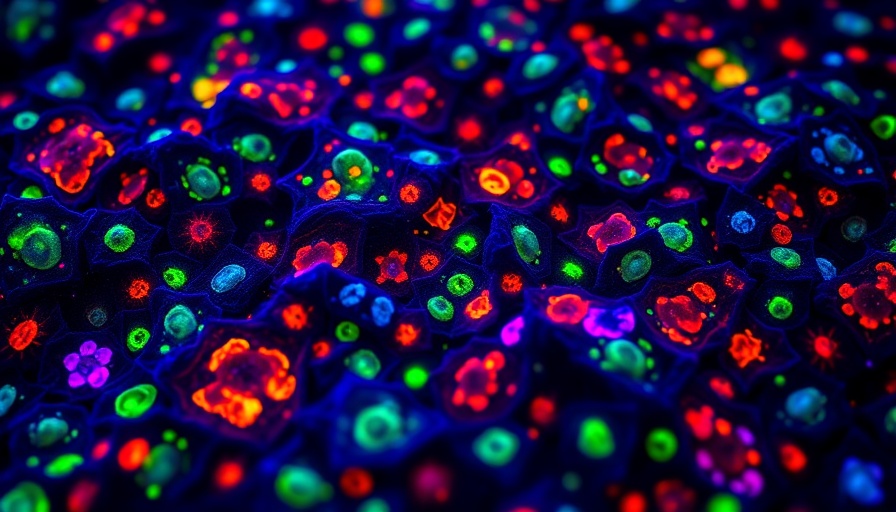
Understanding the Controversial Microglia-to-Neuron Conversion Research
A recent revision of a Neuron paper by Bo Peng and colleagues has sparked intense discussion within the neuroscience community. Originally published in 2021, this paper challenged previous claims that microglia, a type of glial cell in the brain, can transform into neurons through the action of the transcription factor NeuroD1. This retraction highlights ongoing debates regarding cell conversion in neuroscience—particularly how glial cells might impact neuronal regeneration.
Revisiting the 2019 Study and Its Implications
In 2019, a study published in Neuron suggested that NeuroD1 could convert microglia to neurons in vivo, opening new avenues for understanding brain regeneration. However, the assertion was met with skepticism and led to further analysis. In June 2025, the authors of a follow-up paper revised their earlier claims due to image errors in supplementary figures. While the corrections acknowledged “obvious errors”—including overlapping microscopy images—the fundamental conclusions regarding microglial apoptosis rather than conversion remain claimed by the authors.
Community Response and Reactions
Experts have weighed in on the implications of these corrections. Seth Blackshaw, a professor at Johns Hopkins University and who did not participate in the study, conveyed that the identified errors did not invalidate the original claim. He emphasized that the conclusion drawn from the 2019 findings was already questioned due to its improbability. This reiteration from established experts showcases the contentious environment surrounding the microglia-to-neuron conversion theory.
The Nature of Scientific Review and Accountability
Scientific research is built increasingly on transparency and reproducibility. The issue with the Neuron paper underscores the importance of rigorous review processes. Anomalies raised in forums such as PubPeer reveal how the scientific community can hold researchers accountable for the validity of their claims. In this case, it also led the authors to conduct an internal review that uncovered the erroneous images that required correction.
A Deeper Dive: The Role of Glial Cells in Neural Health
Glial cells, traditionally understood as supportive cells in the brain, have garnered attention for their potential roles in neural plasticity and regeneration. Current research suggests that although microglia do not convert into neurons, they might influence the neuronal environment through various mechanisms. These interactions could be pivotal in conditions like stroke, neurodegenerative diseases, and trauma. Understanding the true capability of glial cells could pave the way for innovative therapeutic strategies in brain injuries and degenerative diseases.
What This Means for Future Research Directions
The ongoing debates around microglia and neuron conversion reflect a broader trend in neuroscience. As technology advances, researchers can probe deeper into how glial cells function and their possible roles in neuroprotection and neurogeneration. The recognition that the conventional view of these cells may evolve could lead to revolutionary insights into brain treatments and healing strategies.
Conclusion: The Importance of Ongoing Research Integrity
As the scientific community moves forward, the case of the corrected Neuron paper serves as a reminder of the need for integrity in research. While it is easy to become swayed by promising results, it is crucial to recognize the complex realities of experimentation, rigor, and peer feedback. Scientists must constantly strive to ensure the reliability of their findings, not just for the sake of their credibility, but also for the betterment of community health and scientific advancement.
 Add Row
Add Row 

 Add
Add 


Write A Comment